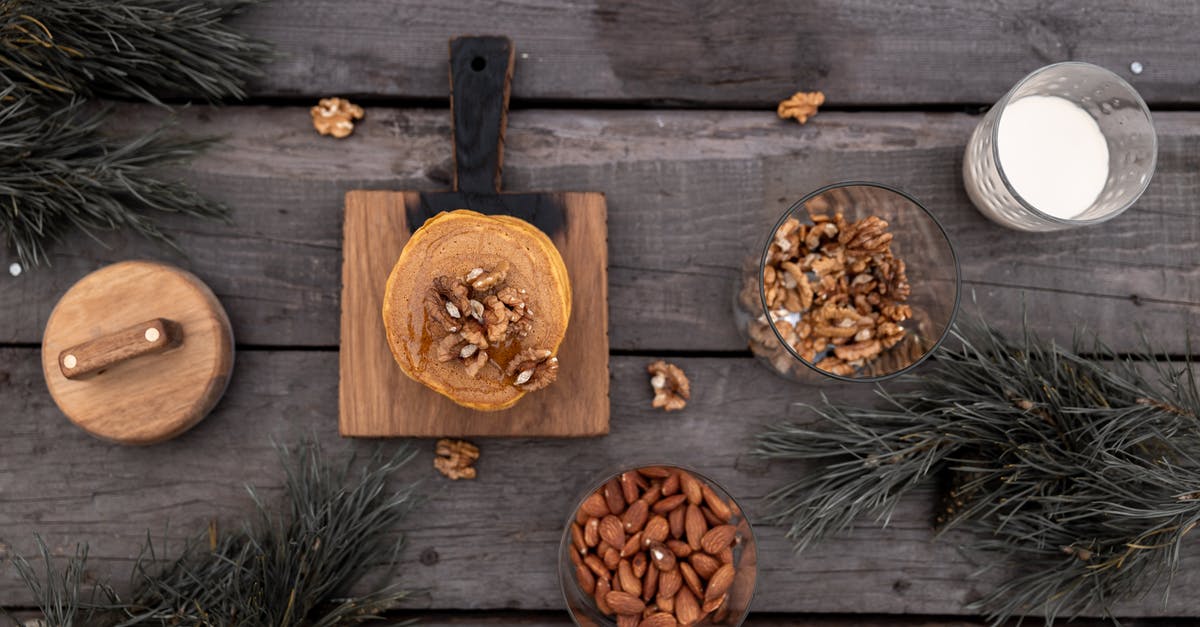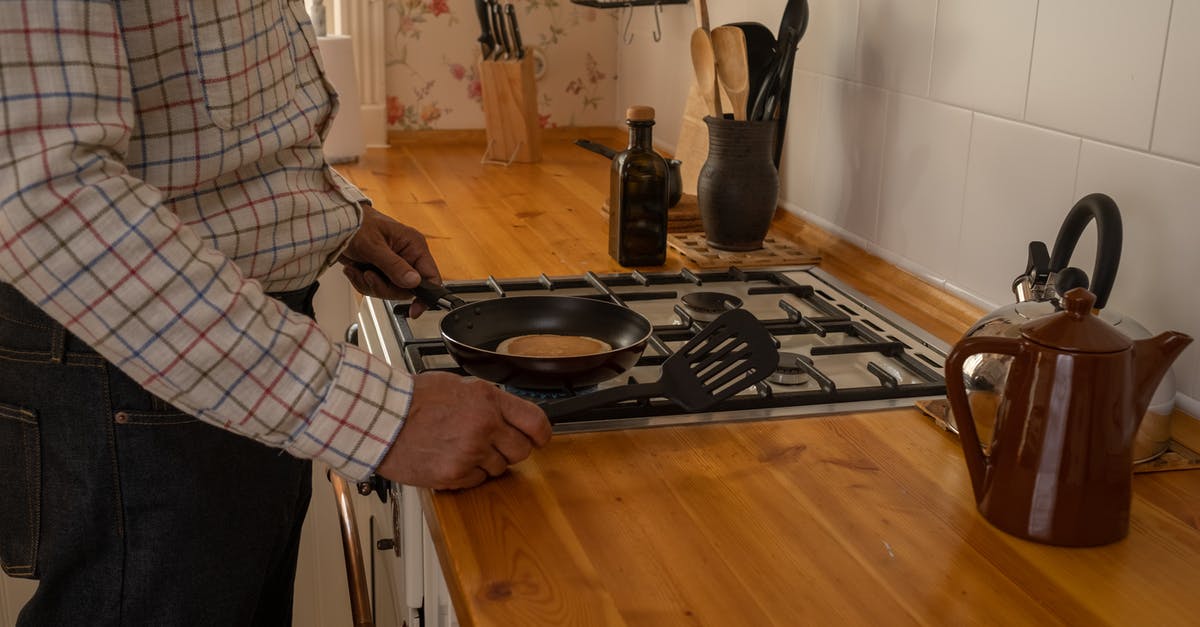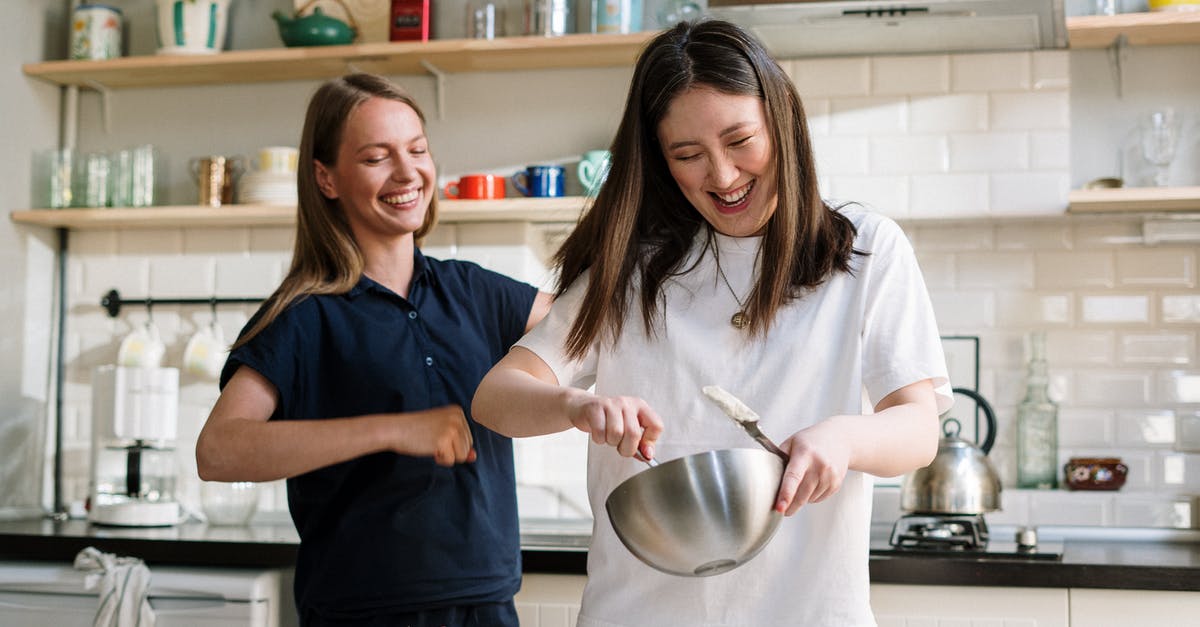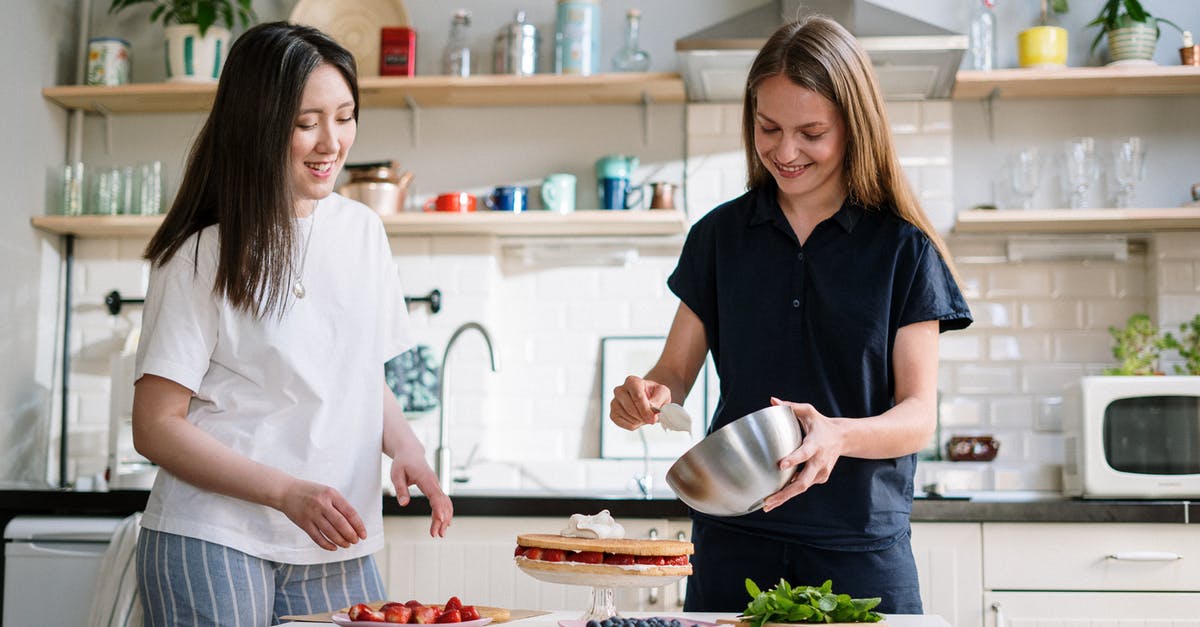Problem making cakes and pancakes

There is an issue I face whenever I try to make cakes or pancakes in which egg yolks and egg whites must be separated. I try to achieve the thickened creamy mixture by whipping egg yolks with a portion of sugar and I make sure I am doing it right by mixing for a long time, but when I pour milk/oil in the mixture as the recipe calls for, the mixture of egg yolks and sugar gets separated and I can feel the sugar when the mixer touches the bowl. What must be done to get the right texture for the batter and what am I doing wrong?
Pancake recipe:
1 egg
2 tsps sugar
1 tsp vanilla powder
1 cup flour
1 cup milk
2 tbsps oil
1 tsp baking powder
a pinch of saltseparate egg white and egg yolk. whip egg yolk with sugar and vanilla until creamy. Add milk and oil. whisk flour, baking powder and add to the egg yolk mixture, mix until well combined. Beat egg whites to the soft peak stage and fold into flour mixture with spatula.
Best Answer
I'm not sure I see any major benefit in creaming the sugar with the egg yolk here. And it's not going to produce a "creamy" texture in your batter: beating yolks with sugar is generally about lightness and/or to ensure eggs don't "clump" when cooked. You will achieve both of those goals more effectively by (1) beating the egg whites, and (2) thoroughly mixing the egg yolk into the other liquid ingredients.
Most pancake recipes use the so-called "muffin method" of combining ingredients:
- mix together all wet ingredients in one bowl
- mix together all dry ingredients in another bowl
- make a "well" in the middle of the dry ingredients to maximize surface contact when you pour the wet into the dry
- add wet ingredients to dry ingredients all at once
- whisk just briefly until the ingredients are barely combined and still often a little "lumpy" (this avoids gluten formation and toughness which can happen with more beating, as well as preserving a few "lumps" of leavening powder in some cases where moisture is the main activator for rising)
- if the eggs are separated and the whites beaten for extra lift, the whites are folded in gently and quickly at the end
I have used variations of this sort of method for many pancake recipes. I generally just add the (beaten) egg yolk to the rest of the wet ingredients.
If you were making a sabayon (zabaglione), you usually whip the egg yolks with sugar until the ribbon stage (or past) by introducing heat, which greatly speeds up the process and allows the sugar to dissolve more thoroughly. But the point generally isn't to dissolve the sugar; it's to break up the egg so it won't be grainy when cooked. It also creates a relatively stable mixture -- when you suddenly add a bunch of liquid to it (as in your recipe), it will break up and you'll likely lose quite a bit of "lift."
It's true that beating can add some lightness to the yolk mixture, but in the case of something like pancakes, I can't imagine this will produce a significant effect once the yolks are combined with the rest of the wet ingredients and then mixed into the batter. Beating the egg whites for a few minutes will have a much, much greater effect on the lightness of your pancakes than if you whipped your yolks for an hour. (If you had a recipe which had a significant amount of yolks, I suppose it might be justified in some cases.)
Lastly, I've never personally had a problem with sugar dissolving in pancake batter. But if that's your problem -- I'd think dissolving the sugar in a larger quantity of liquid (e.g., the milk) will be more effective than creaming it with a tiny amount of egg yolk.
You also mention butter cakes. Almost all butter cake recipes I can recall usually involve creaming the butter with the sugar and then adding eggs (whole eggs or just yolks). That's a very different process than what you're doing here. In the case of butter cakes, you generally want to cream the butter and sugar until it's no longer grainy -- even before adding eggs. So I'm not really certain what the problem might be there.
Pictures about "Problem making cakes and pancakes"



What are the common problems in mixing and baking cakes?
9 Common Cake Baking Problems and Solutions- 1 \u2013 Too Dense. A cake that comes out of the oven very dense simply did not get enough air in the batter. ...
- 2 \u2013 Cake Overflows. ...
- 3 \u2013 A Sunken Cake. ...
- 4 \u2013 Stuck to the Pan. ...
- 5 \u2013 Crusty Edges. ...
- 6 \u2013 Cake Batter is Too Stiff. ...
- 7 \u2013 Fruit Falling to the Bottom. ...
- 8 \u2013 Cake Sides Caving In.
What are the common problems in baking?
10 Common Baking Problems and How to Fix Them- Cookies spread too much. Place cookies on a cool baking sheet. ...
- Cookies don't spread enough. Use all butter instead of shortening or margarine. ...
- Cookies are tough. ...
- Cookies are too brown. ...
- Cookies are too pale. ...
- Bars baked unevenly. ...
- Bars are overbaked. ...
- Bars are gummy.
What are the common causes of having a failure cake?
Top 10 Causes of Cake Failure:- Cake Falling: Too much shortening or sugar. ...
- Undersized Cake: Too large a pan. ...
- Moist, Sticky Crust: Too much sugar. ...
- Thick, Heavy Crust: Over baking. ...
- Peaks or Cracks on Top: Too hot an oven. ...
- Soggy Layer or Streak at Bottom: Insufficient mixing. ...
- Heavy, Compact Texture: Over mixing. ...
- Dry Cake:
Why are my cakes not rising?
Cakes that don't rise properly or have a surface covered in little holes are often the result of not getting the cake into the oven quickly enough; a common mistake that happens because you forgot to turn the oven on before you started, or you get distracted with something else mid-way through mixing.Top 5 Cake Baking Mistakes! | Preppy Kitchen
Sources: Stack Exchange - This article follows the attribution requirements of Stack Exchange and is licensed under CC BY-SA 3.0.
Images: EKATERINA BOLOVTSOVA, Ron Lach, cottonbro, cottonbro
